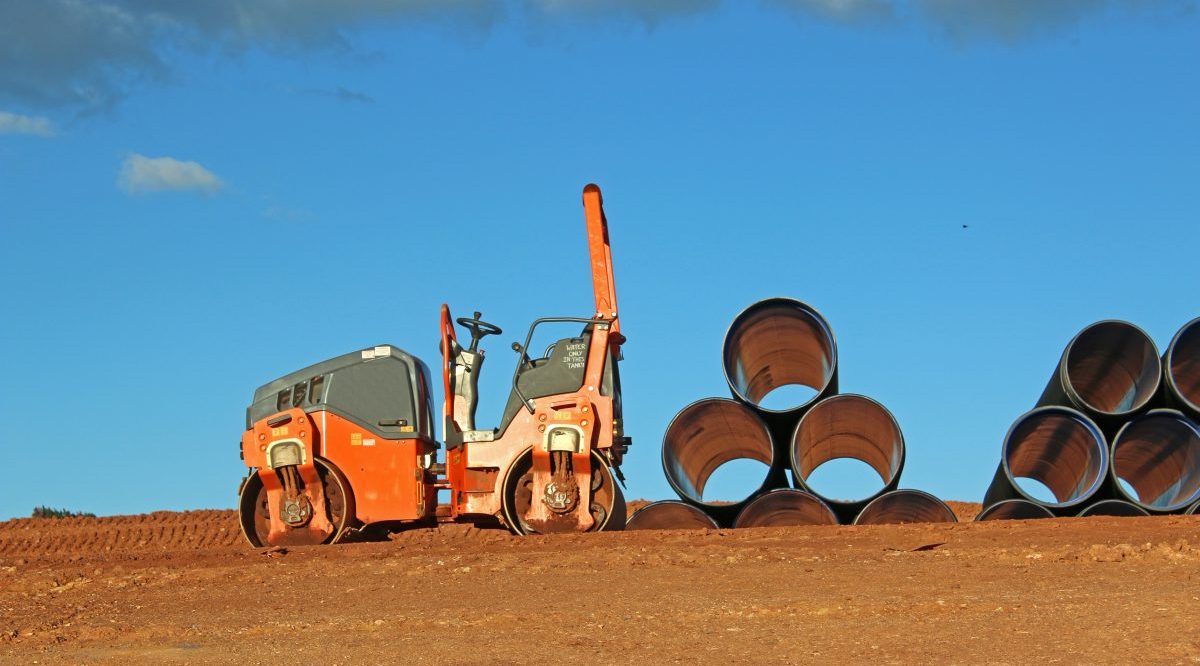There are many causes of a blocked drain valve in your water heating system. At times, the valve may get blocked by the buildup of materials such as calcium, lime or iron thus inhibiting free flow of water from the tank. The water tanks needs to be drained routinely to prevent inefficiency that occurs when the drain valve gets clogged.
Evaluate Whether the Valve is Actually Clogged
This is done by connecting a drain pipe if the drain valve is not close to a drain. But before you do anything, turn off the power source; it could be gas or electricity. Then open the valve and see if the tank can be drained. If water does not drain or just trickles a little, the valve is clogged and this calls for unblocking process. If the water flows, then the drain is clean and clear and does not require being unclogged.
After confirming that the worst happened and the valve is blocked, step on the drain pipe a few meters from the tank in order to force back the air bubble into the tank. This will unclog the drain valve off the lime debris or other related materials though this is just temporary. One will need to do this severally in order to cub the situation completely if there are high quantities of debris in the tank. Repeating this process finally drains the tank though it may take unnecessarily long period of time.
Back-flush the Water Tank
Get the fill hose of your wash machine that usually has female connections bon its two ends. Then shut the drain valve before connecting it to one end of the hose. The other end of the hose, attach to faucet; it could be your washtub faucet or an outside faucet. Then turn on the faucet and open the drain valve of the heater to allow water into its tank. This enables the water to sweep the sediments, which clears the clog. Turn off the water flow from the faucet and shut the tanks valve drain. Remove the hose and open heater’s water drain valve and all the water will be drained. If this trick fails, you valve may be faulty or the clogging is too bad.
Replacing the Valve
Using a ball valve can unclog and prevent clogging caused by sediments. The ball valve is bigger than the standard one. Buy a ball valve made of brass, ¾ inch and plastic coated ¾ inch dielectric nipples. The nipples attach on the ball valve’s side. Add Teflon tape on the nipples’ thread, which are screwed on the ball valve. But be careful not to tape the ball valve’s handle. Use the same tape on the other side of any of the two nipples. The nipples have four threads and only three are lined with Teflon. Make sure all your faucets are shut to help create vacuum in the water heater and also prevent pouring out of water. Put a towel and a bucket below the drain valve. Using a spanner, unscrew the valve. Get ready because water will pour out even if the valve is blocked. Water will find a way to escape, but you should insert your new large valve immediately and connect the garden hose and let the water drain. After that you can remove the large valve and replace it with a regular one or just remove its handle to enhance safety.


Comments are closed.